I've just finished editing my images from the Bolivian altiplano and here is a contact sheet of the final 40 images I'm happy with.
I was thinking today about how I love the entire creative process: you start with nothing and even trying to visualise what you may come home with is often nowhere close to what you end up with. There's that element of the unknown about the creative process that is intriguing.

But there are some factors which can heavily influence the outcome of a body of work. I don't have a 'formula' as such and tend to like just 'going with the flow' and seeing where my editing will take me. But here is a rough outline of what happens for me:
1. I get home with a massive pile of films processed. I don't look at all of the sheets in one sitting because I'll be overloaded with the need to work on too many images.
2. I'm patient. Good work is not rushed and rome wasn't built in a day. So I just consider that each image takes time to be born correctly, and if there are golden nuggets in the pile of transparencies I have, then I will find them : at the right time, when I'm in the right mood to approach them correctly.
3. Sometimes I'm not sure how to approach an image, how to edit and this can be when I'm tired, done too much editing, or I'm simply not feeling inspired enough. Taking a break, heading outside for a walk, a cycle, or doing something else with my life completely seperated from my photography is the only way of approaching my images with a fresh and keen eye.
4. I work on a sheet at a time. I don't peek to see what else I have. I take each contact sheet on it's own merit and work on the best images from that sheet. This allows me to find images that I'd easily forget about if I found something better underneath.
5. I ruthlessly throw images away. For instance, on a contact sheet all the shots of the same location may be excellent, but there may be one or two that stand above the rest. Those are the two images I will work on. The others are stored away, but not used. If an image is not working, and I've tried a few things, given it some space, etc, then it will be discarded. If there is a glaring problem with focus for instance, then it is discarded. If the composition just isn't working, and no amount of cropping helps - then it's discarded. Sometimes I have a nice image, but something causes it to be discarded because it's simply too much effort to get it right. Good images should not take a long time to edit. They should just come together smoothly.
6. Quality Control. Ok, so I have say 40 rolls of film, each with 10 images on them - that's 400 images. I'll edit it down to around 80 images. Those that are really standing out mixed with those that are nice. Some may stay because I want to show an aspect of a location that is not already covered by the proposed final portfolio. But I will keep editing down, until I have a smaller number of images. If you want to be a good photographer, you have to be objective about your work and maintain a certain level of quality. Only release what you are truly happy with (unless you suffer from very high expectations in which case you are in trouble).
7. Be kind to your mistakes, try to see the images as someone else would. Some flaws are acceptible, and if the image still conveys a spirit or 'feeling' that you like, even though it's slightly blurred due to camera shake - then it's an image that still works. Images should be read on face value. Pixel peeping is not a productive activity. See the wood, not the trees.
8. Live with the images for a while. You get a sense of distance from the whole process and can then be more objective about your work.
I've taken around three weeks to produce 40 images. To some digital shooters, this is not a way forward, but for me : it IS the way forward. Good images, ones that I can live with and feel close too, can only be born correctly if I am receptive and nurtiring with what I do.
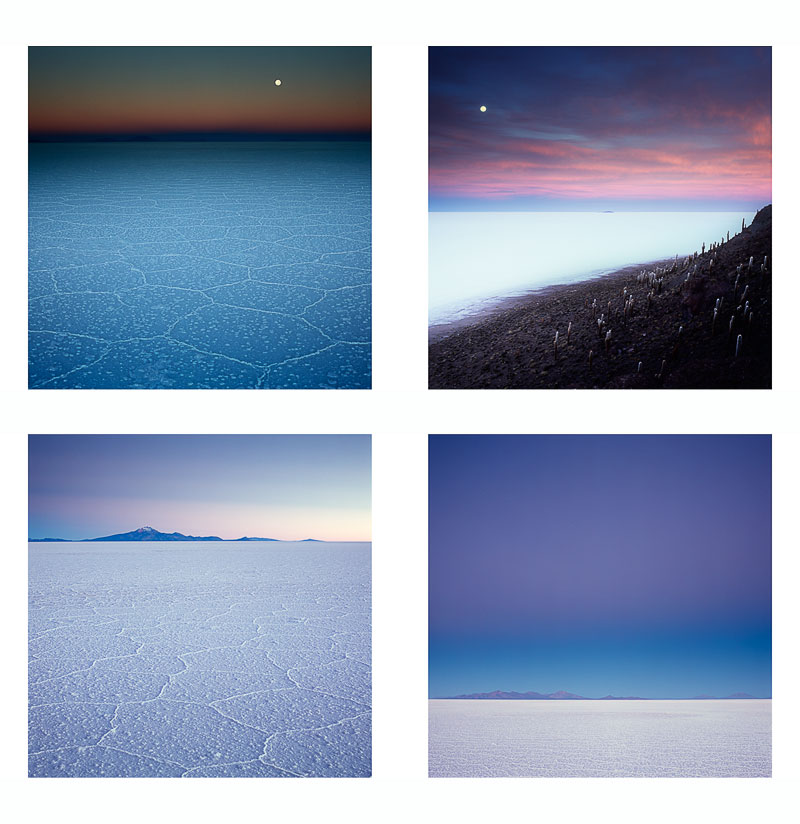 But Bolivia is like that. The colours and tones that are present on the landscape throughout the early mornings and evenings is something I've not witnessed anywhere else on my travels. I believe it must be due to the high altitude - 3,600 metres to 4,500 at its highest elevation.
But Bolivia is like that. The colours and tones that are present on the landscape throughout the early mornings and evenings is something I've not witnessed anywhere else on my travels. I believe it must be due to the high altitude - 3,600 metres to 4,500 at its highest elevation.
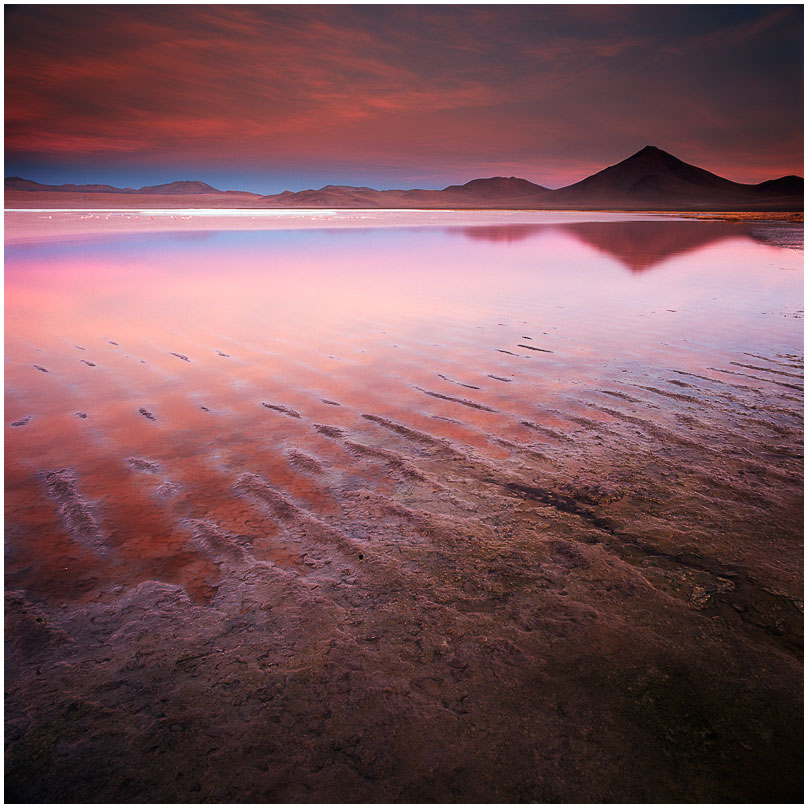
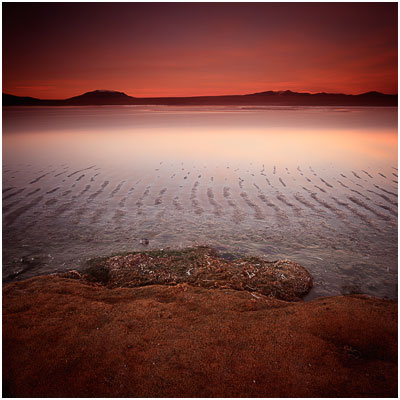

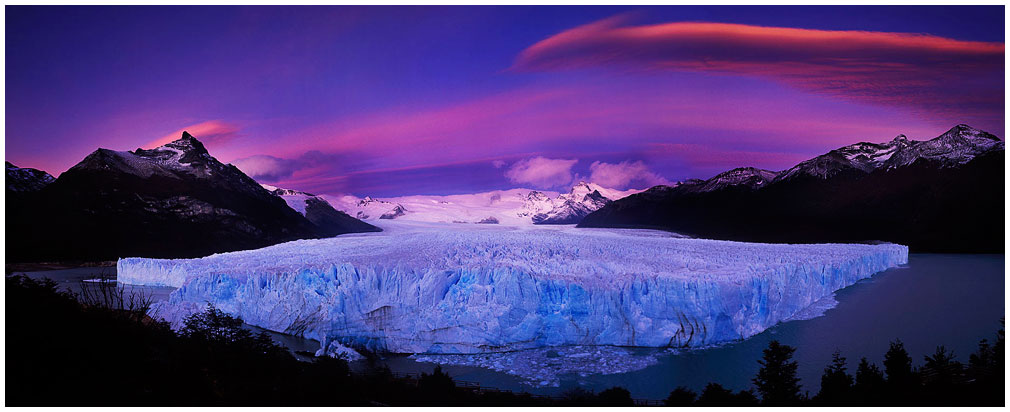
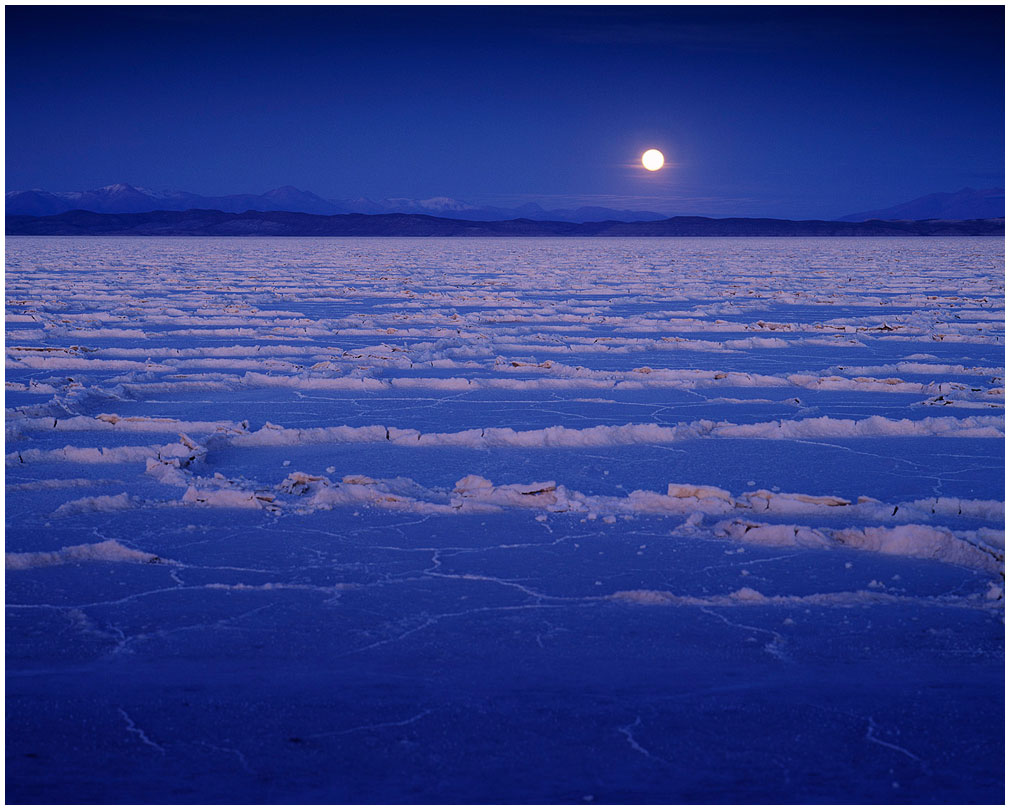
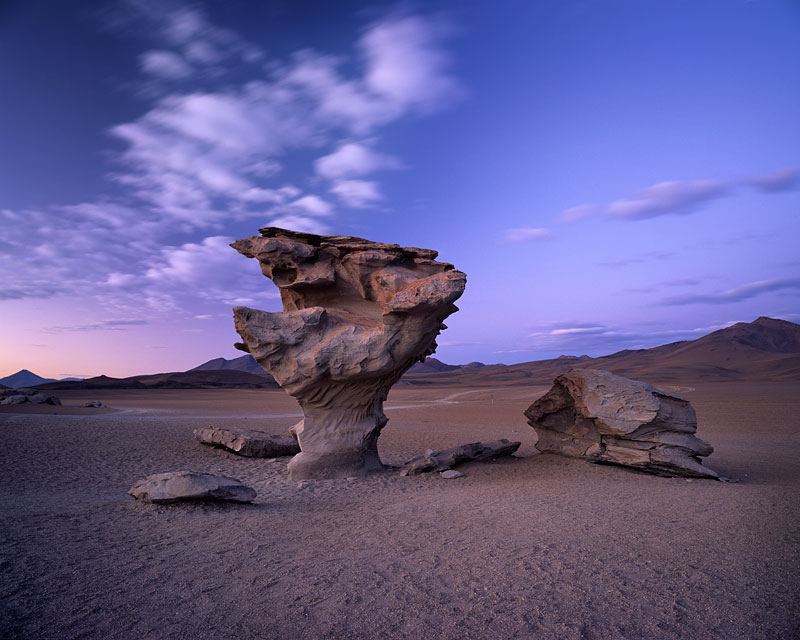



 I'm off to sit down for a well earned rest I think, watch some TV.
I'm off to sit down for a well earned rest I think, watch some TV.
